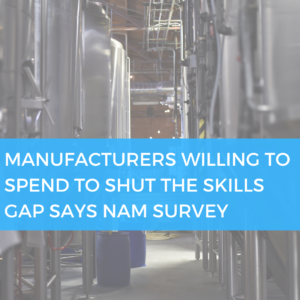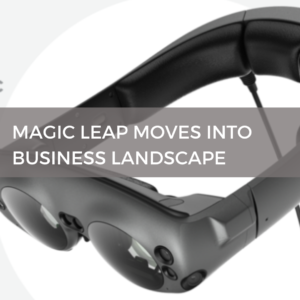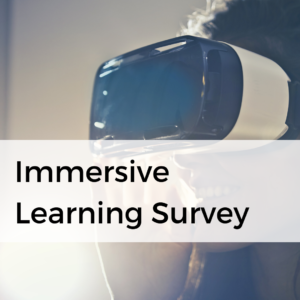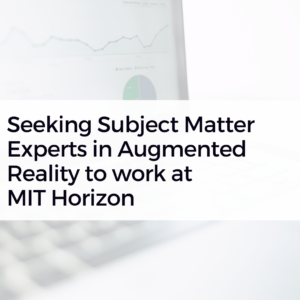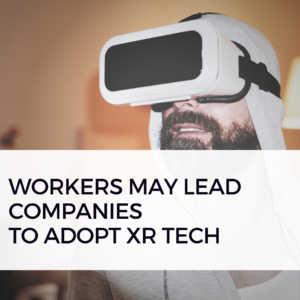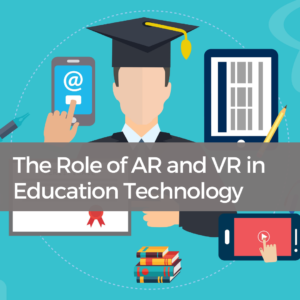Favorable Government and Regulatory Policies to Aid the Growth of the AR and VR Market, 2017 – 2025

Segmentation
The global augmented reality and virtual reality market is anticipated to exhibit substantial growth in the coming years. This market is an extremely dynamic, exciting, and promising one and is single-handedly fueled by recent technological advancements. While the application of this technology is already established in sectors such as retail, healthcare, and consumer goods, it is predicted that in the near future, many more new and innovative applications will come to the fore.
The global market for augmented reality and virtual reality can be segmented on the basis of technology into augmented and virtual reality technologies. Among these, augmented reality is projected to witness immense growth during the course of the forecast period owing to the rising demand for AR in gaming, media and entertainment, manufacturing, and healthcare.
By way of sensors and components, the market is fragmented into software, hardware, and services. The hardware segment held the dominant share of over 72.0% in 2015 thanks to the high demand for devices such as glasses, head mounted display, sensors, and console.
The market can also be segmented by application into gaming, media and entertainment, e-commerce, medical, military, and education among others. Gaming, media and entertainment, and healthcare are the most promising segments and are expected to contribute considerably over the forecast period. Further, the demand for augmented reality and virtual reality-based head up displays is likely to increase in the automotive sector in the coming years.
Augmented Reality and Virtual Reality Market: Drivers and Restraints
The global market for augmented reality and virtual reality is fueled the soaring demand and usage of smart phones and the growing application of this technology in the healthcare sector. The high Internet connectivity and penetration is also projected to serve as a driving factor for the global augmented reality and virtual reality market.
Some of the major factors restricting the growth of the market world over are privacy issues, lack of awareness, and image latency. The need for hardware also hampers the augmented reality and virtual reality market in terms of capital investment. However, an increase in R&D initiatives and emerging applications will emerge as key opportunities, fuelling the growth of the market.
Augmented Reality and Virtual Reality Market: Regional Outlook
From a geographical standpoint, the worldwide market is classified into North America, Europe, Asia Pacific, and Rest of the world. It has been observed that the augmented reality and virtual reality markets in North America, Asia Pacific, and Europe are immensely lucrative, with North America dominating the international scene. In Europe, media and entertainment accounts for a significant share among all end-use applications.
The Asia Pacific market is extremely promising and is slated to exhibit a staggering CAGR over the course of the forecast period. The hardware and service segments are expected to contribute significantly by 2025. China plays a major role in the expansion of the Asia Pacific augmented and virtual reality market.
The Middle East and Africa (MEA) and South America markets are projected to contribute relatively lower revenue to the global market, at the same time, maintaining a steady pace over the forecast period. Hardware is anticipated to emerge as a prominent segment in MEA as well as South America as compared to the services and software segments.
Augmented Reality and Virtual Reality Market: Vendor Landscape
The key players competing in the augmented reality and virtual reality market include Catchoom, Blippar, Innovega Inc., Metaio Gmbh, Laster Technologies, Vertalis Ltd, Total Immersion, Augmented Pixels Co., Kishino Limited, Kooaba AG, Wikitude Gmbh, and Qualcomm Incorporated.
The global augmented reality and virtual reality market is increasingly dynamic and displays a high degree of competition. It is characterized by the presence of a few small-scale players and several of the world’s largest technology firms.
